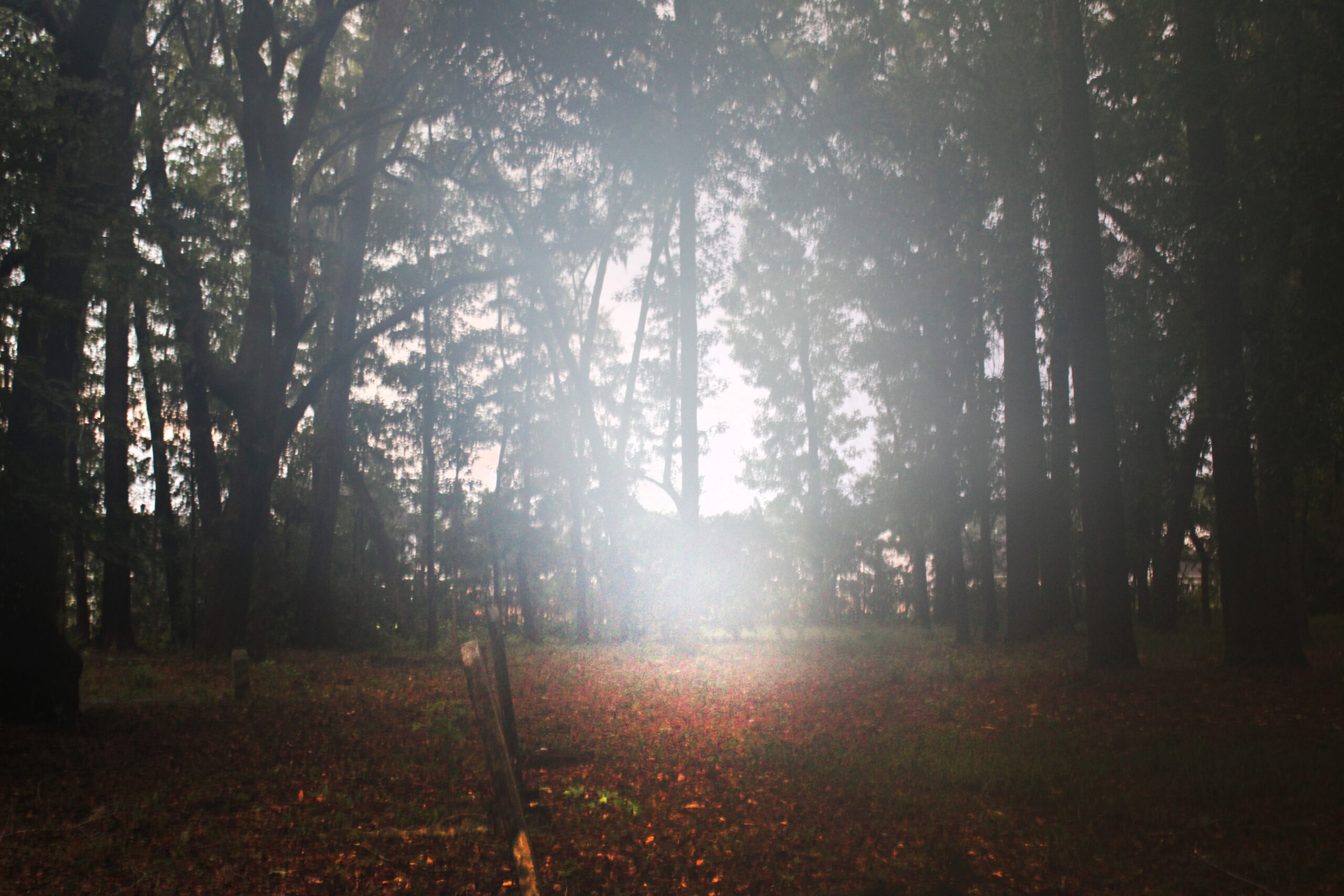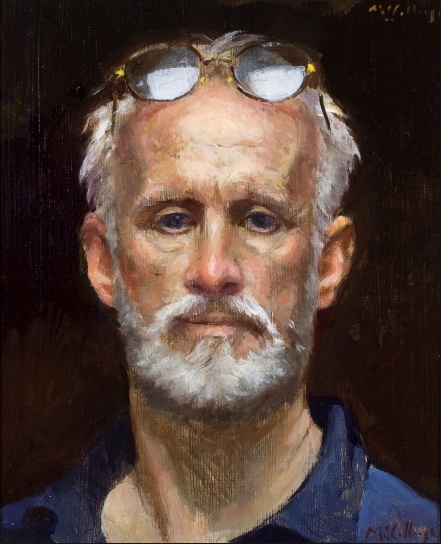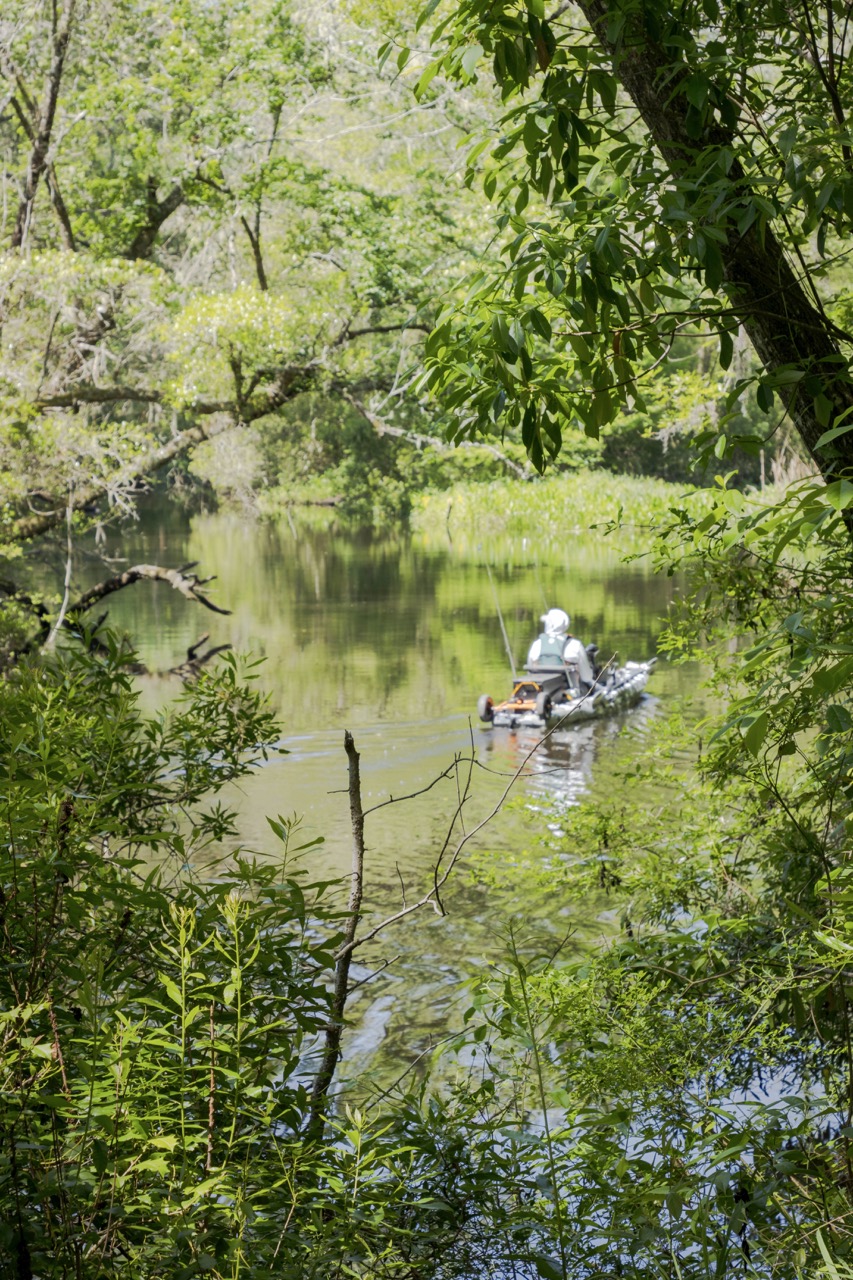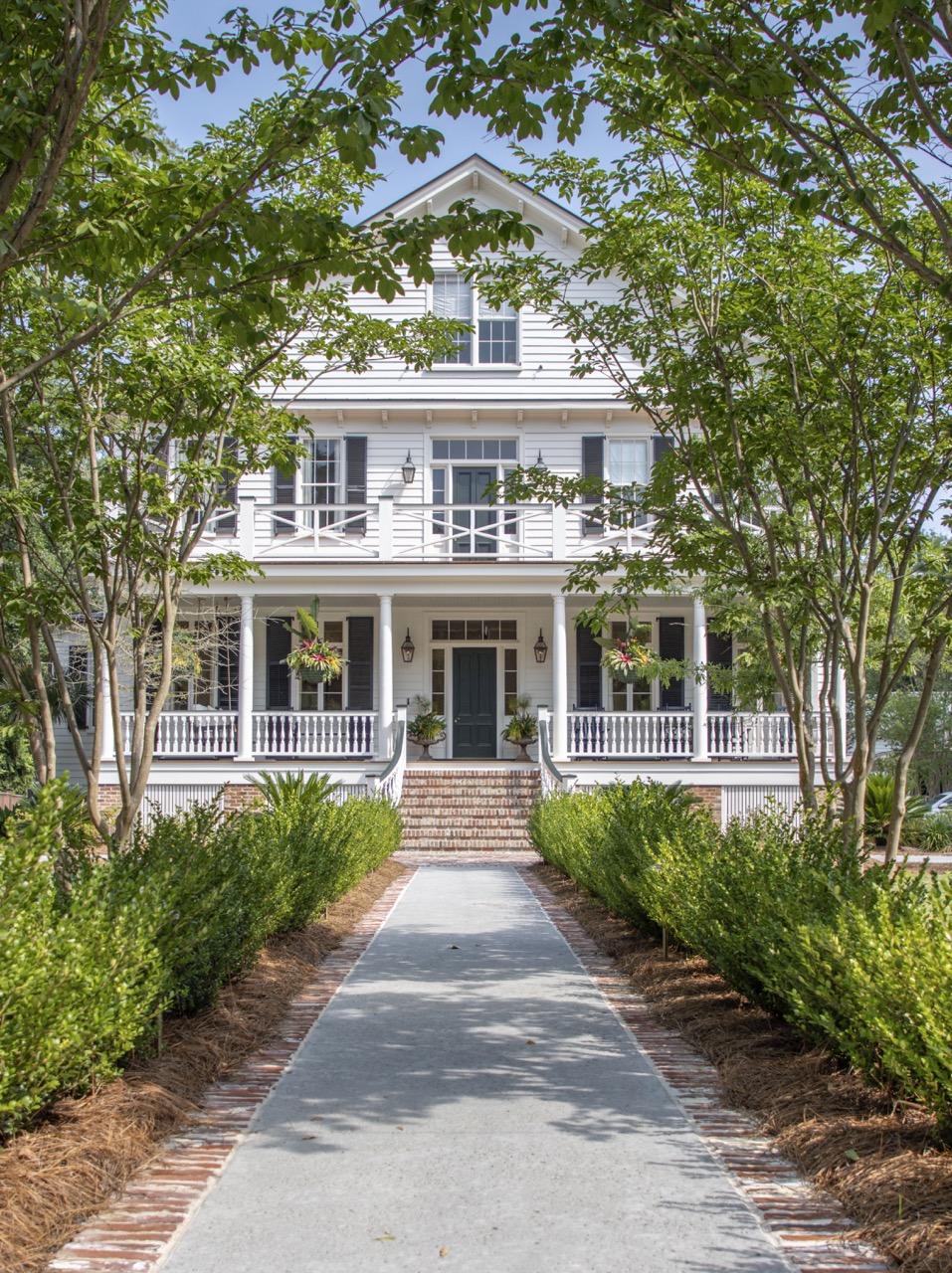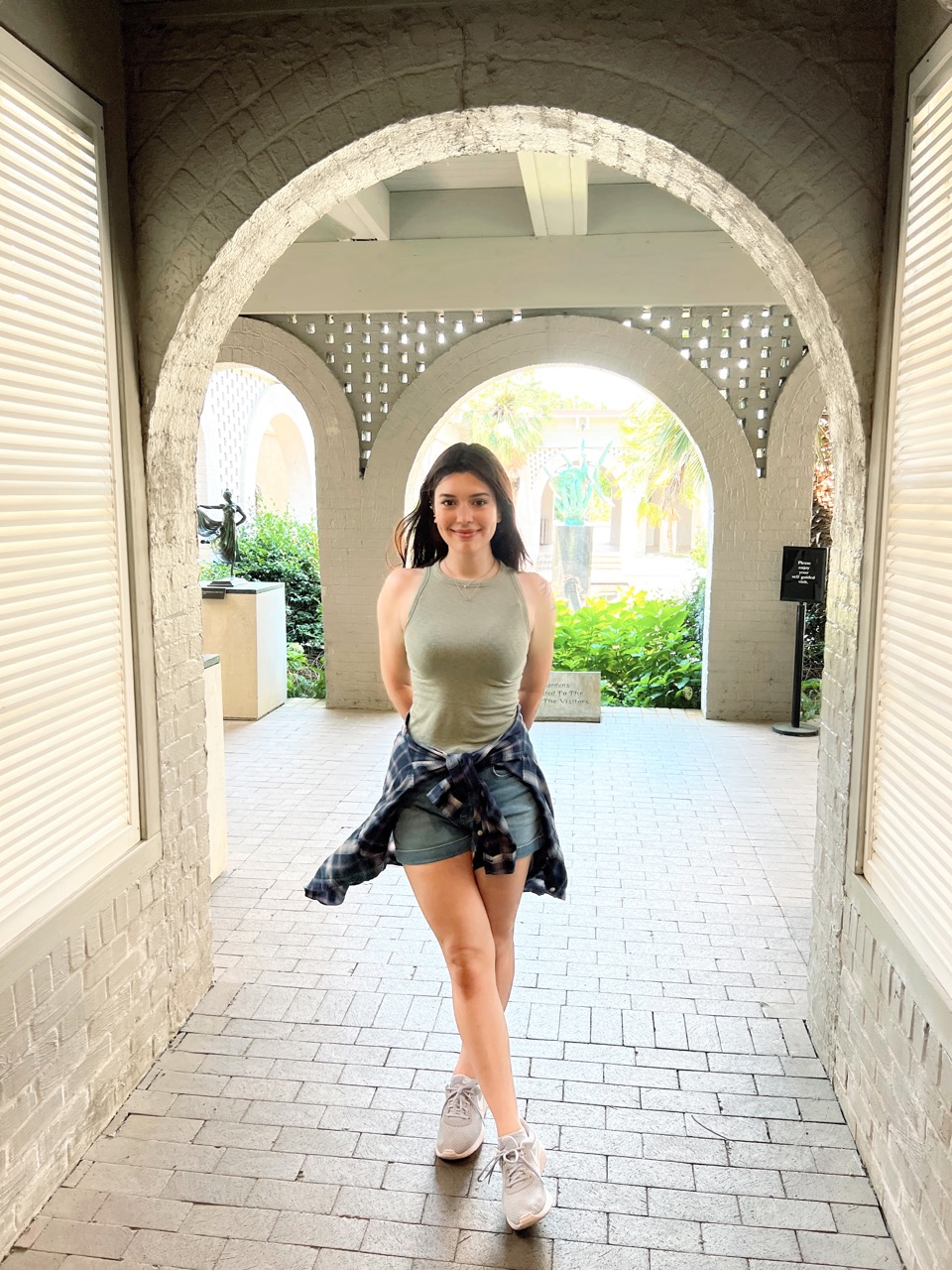By Eliza Chapman Bailey
Settlement Community Cemetery pays homage to the Town of Lincolnville’s early settlers.
Spearheaded by Lincolnville Preservation and Historical Society founder Dr. Pernessa Seele, Mayor Enoch Dickerson and dedicated community leaders, the Town of Lincolnville is telling its history, and people are listening. On the western edge of Charleston County, Lincolnville is less than two miles from Summerville’s Historic District. One of South Carolina’s oldest settlement communities, Lincolnville is part of the Gullah Geechee Corridor and is a United States National Parks Service Reconstruction Era Historical Network site.
Founded in 1867, on 620 acres north of Charleston, by the pastor of Emmanuel AME Church, Reverend Richard Harvey Cain and seven other men: Daniel Adger, Marc Buffett, Hector Grant, Rev. Lewis Ruffin Nichols, Rev. M. B. Salters and Walter Steele. The tract purchased by the eight founders contained three swamps and bordered the South Carolina Canal and Railroad’s Charleston-Hamburg line. The early settlers were predominantly freedmen or formerly enslaved people of Gullah Geechee heritage from the Sea Islands. Exactly who the early settlers were and how they migrated inland is an unfolding story. Lincolnville’s Bible Sojourn cemetery is a starting place to learn more about their families, decedents, and legacy.
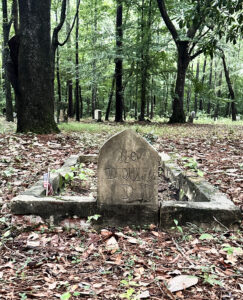
Located at the end of a dirt road Greenwood Street, the land for the cemetery was donated in 1887 by Maria S. Eden. One of the early settlers, Eden gave over 2 acres of farmland to serve as a communal burying ground for the town. Many of the founding families, local leaders, WWI, WWII, and Korean veterans from Lincolnville are buried here. Originally maintained by Ebenezer AME Church, the cemetery is now owned by the Town of Lincolnville.
The Lincolnville Historic and Preservation Society is collaborating with Clemson University/College of Charleston’s Director of Graduate Program in Historic Preservation, Dr. Jon Marcoux, to re-identify the Bible Sojourn’s boundaries, uncover, plot and document both marked and unmarked graves using ground penetrating radar. Dr. Marcoux emphasizes the importance of settlement community cemeteries because “they are an often-overlooked part of our cultural fabric. A place where people can physically connect with history. In settlement communities that did not have many historically significant structures built or remaining, these cemeteries are a testimony to the community’s character, culture, commitment and perseverance for freedom, equality, and self-governance.”
In a cultural landscape where the population was segregated, cemeteries were not different. According to the SC Department of Archives, South Carolina’s Historic Cemetery Preservation Handbook, “In Charleston, an 1859 report noted that in the Upper Wards there were fourteen graveyards for whites and twelve for ‘the colored, not including the Potters Field’. In the antebellum period, slaves were often buried outside the walls of family burial grounds or church graveyards or in a separate slave graveyard. The small number of carved stones on slave graves today suggests they were rarely erected. After the Civil War, African Americans, excluded from white burial grounds, began to establish their own cemeteries.”
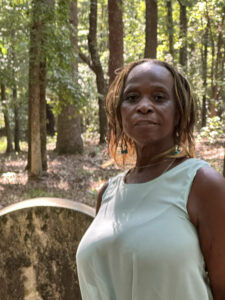
Members of Donnel Jacobs’s family are buried at Bible Sojourn. She is thankful to have a community resting place close to her house so she can easily visit her loved ones. She remembers when her mother passed away in the 1970’s. At that time, she knew nothing about the cemetery. It was wooded with a lot of underbrush. She was “amazed at its existence. With a rake I would walk to my mother’s grave and explore the area. I could not believe the age of the headstones. It’s a connection to our history.” For her, drawing attention to the cemetery presence and preservation is a cause worth championing.
Sacred stewards of history, cemeteries are places of remembrance, ritual, and emotional experience that house information and connect descendants with their forebearers.
The preservation of Bible Sojourn honors the voices of those that came before. It is a verifiable landmark providing a tangible identity to the early settlers of Lincolnville who forged a viable, sustainable community during the South Carolina’s Reconstruction Era that can be seen today. AM

